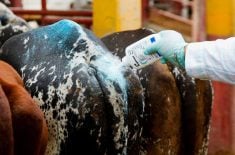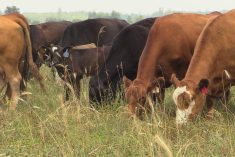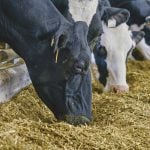Newfoundland and Labrador’s latest budget offers the province’s farmers a number of new programs aimed at further developing the industry.
The budget, released Tuesday, forecasts a surplus of $544 million for 2008-09 and confirms a $1.4 billion surplus for 2007-08. It also forecasts the province’s net debt will drop from its March 2007 level of $11.6 billion to $10 billion in 2008-09.
Offerings in Tuesday’s budget for farmers include:
- a $10 million farm loans guarantee program, aimed to help farmers secure expansion capital from banks and other lenders;
- a new $5.4 million Aleutian disease management program, to help mink farmers manage the disease through animal replacement, carcass disposal, disinfection and measures to tighten on-farm biosecurity;
- $2.95 million in new support for the cranberry industry through the provincial cranberry development program;
- $1 million in new funding to the agrifoods development branch of the Forestry and Agrifoods Agency, to go toward research and development work with a focus on developing new and improved crops, as well as on livestock production systems; and
- a continued $4 million investment in the Agriculture and Agri-Foods Development Fund, to support “development, diversification and expansion of large-scale agricultural projects.”
Read Also

U.S. livestock: Cattle regain ground, hogs dip
Chicago cattle futures regained ground on Wednesday after falling off a cliff late last week. Most-active December live cattle contracts…
“We are experiencing today a level of financial success that is unprecedented, and represents an outstanding turnaround in four short years,” Premier Danny Williams said in a release Tuesday.
“Our healthy fiscal position provides our government with the ability to make significant and strategic investments in priority areas. There’s more social investment; more business investment; more infrastructure investment; and, we have more fiscal autonomy.”















